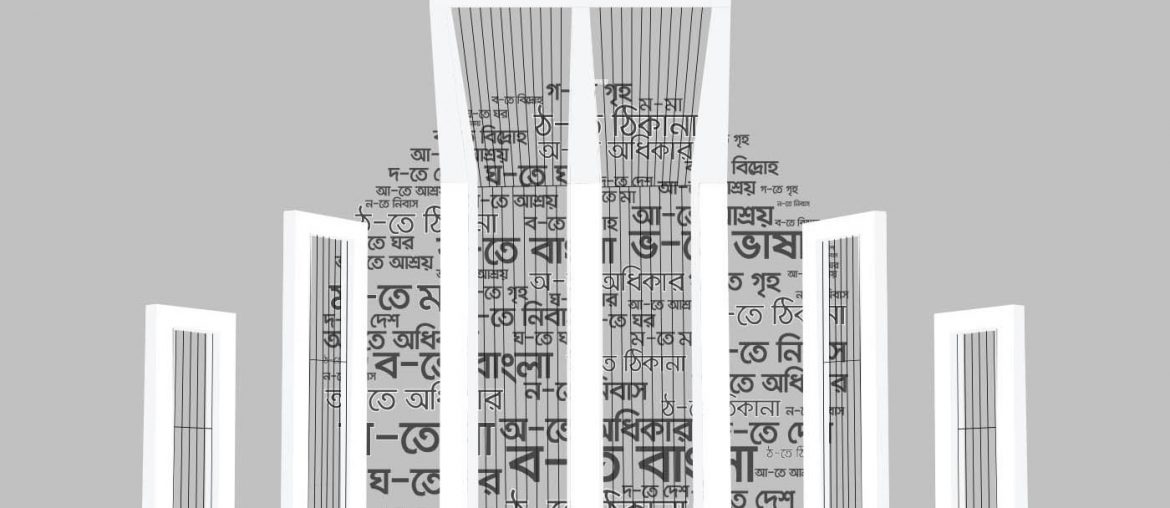Bangla is our mother tongue. But there are certain people for whom Bangla may be the state language but not their first language! We may have different tongues for various purposes, but the language we speak in the solitude of our homes is our mother language. Mine, yours, and ours. Let’s revisit our homes on this day of International Mother Language Day.
Return to the home and relive the tongue of Mother!
Bangla, the language that is coated with the scent of the soil of the land. The language that pulls us to the roots. The recognition of which as the State Language is the gift of the sacrifices of our young guns. For which, the calendar pages turn back to ‘52. But the stories of the sacrifices get convoluted in our minds even today. Please go on to uncover such obscure stories, those of the plight of language deprival.
Let’s explore the different dimensions of those who grieved the inability to speak their mother tongue in the homes but dared to capture it in their hearts!
Shawtal
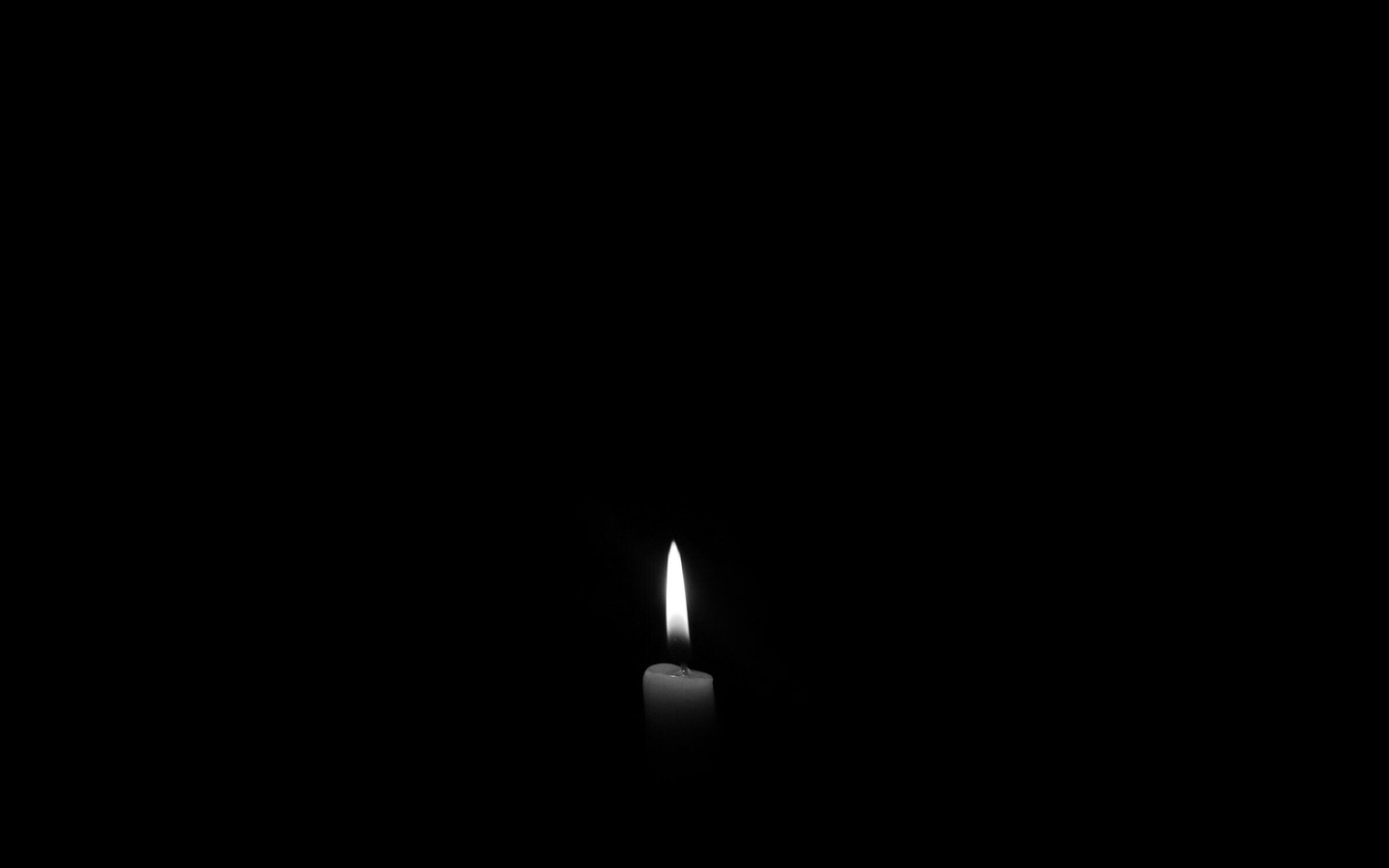
An old classroom. Benches and boards abrased, the chalk strokes go unmarked. There, inspecting the watch is an old teacher. Eagerly waiting for the entrance of his students, in anticipation of the lessons to teach. Running in, the students gather themselves in their seats. At that hour the teacher throws a roar, “Did you guys learn any of the lessons? Any at all?!”
‘Bongo’ from the 3rd bench goes, “Jere ko ko ter ter” ( Birds chirp in flocks)…
At the sound of this phrase the teacher stops him and says, “Child, I didn’t get any of it. Please, someone else try.” This story is an example of many stories where children like Bongo are shut off by the apathy, shown by many like the teacher, for their mother tongue.
Right then we say, return to the home and relive the tongue of Mother! The language for the homes.
Let the child speak his tongue to his will, irrespective of the state’s language.
Can any of you answer this simple question?
How many people speak Shawtal as their mother tongue?
Surely, it seems like very few people. A million at best!
I thought the same as well. In reality, though, far more people than we can imagine speaking Shawtal as a native language. To be precise 2,02,744 people, scattered among the districts of Nilphamari, Rangpur, Gaibandha, Bogra, Natore, Chapainawabganj, Dinajpur and Panchagar. It appears jovial to think Shawtal is so prevalent as a language.
Achik
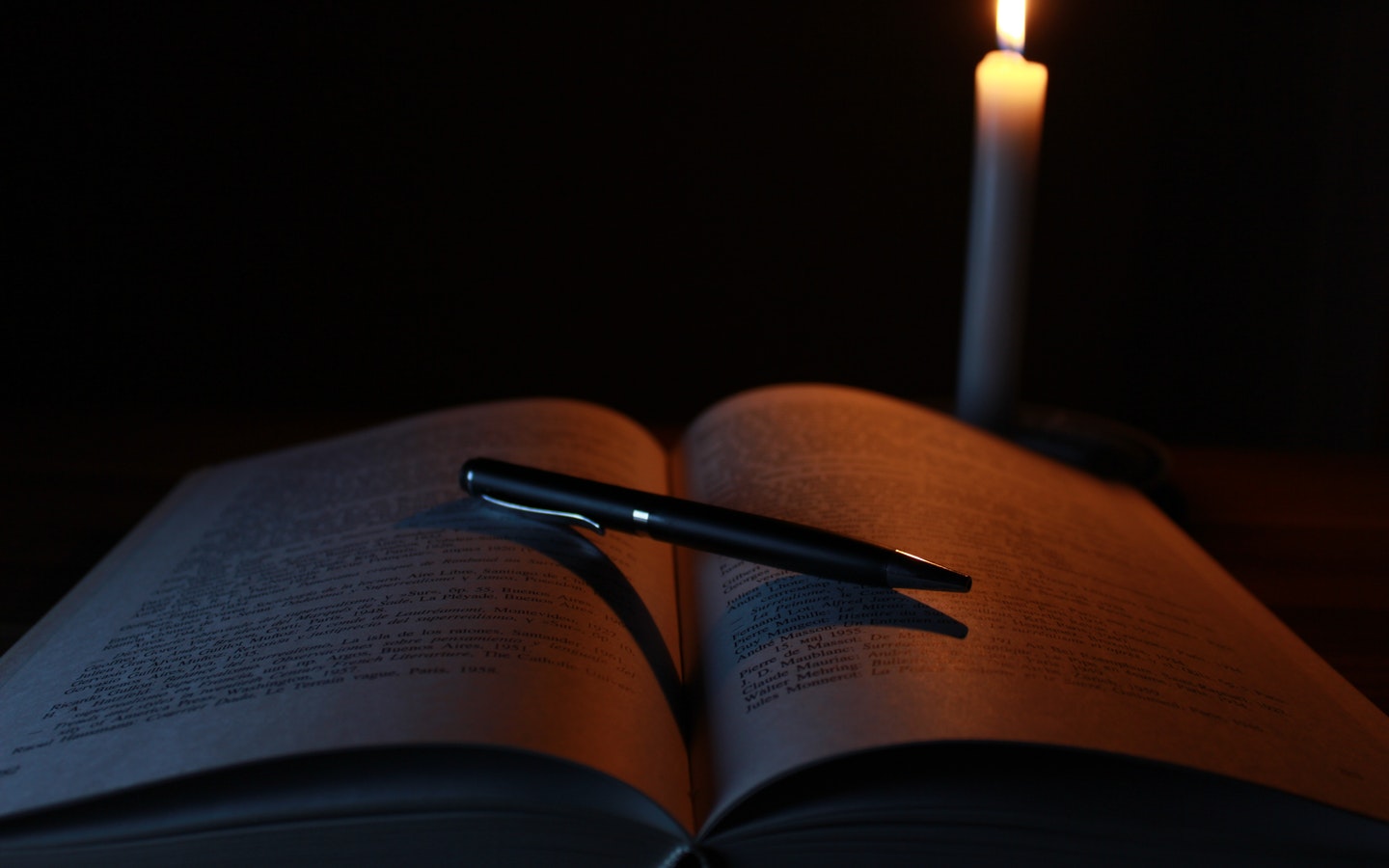
One of the major aboriginal people of this nation is the Garo. Their “Machang” houses weaved in the hilltops, reflecting the variegation of their language. Although ‘Mandi’ which originated from Chinese and Tibetian, is their main language, the language spoken in their homes is ‘Achik’. An estimated 1,25,995 people speak this tongue in the districts of Netrokona, Sherpur, and Mymensingh with affection which can be only for a mother language.
Bangla is the state language, the Garo people have adapted Bangla both in speech and in writing, for the uncompromising purposes of livelihood. But each word is spoken with fulfillment, when they talk in Achik, inside their homes, at their volition. This epitomizes the significance of a mother tongue. Be that Bangla for you or Achik for a Garo child. Achik means the mountains. Such are the souls of the Garo, mammoth as the mountains. The vastness of their souls is depicted in the care with which their meticulously built houses are designed.
Tripura or Kokborok
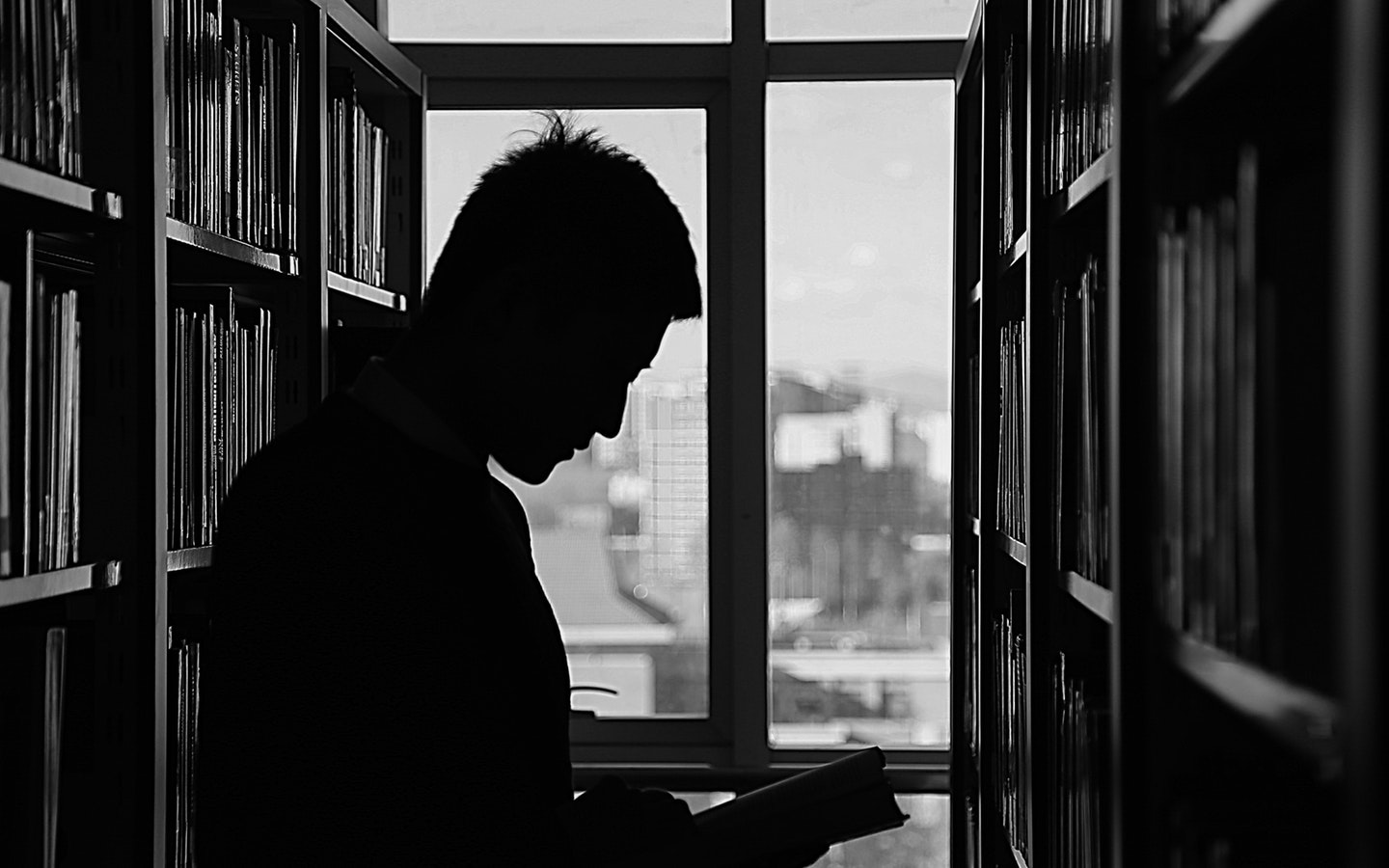
Santoyo Tripura, an aspiring young filmmaker, who wants to shoot a film about his Tripura aboriginal community in his native tongue, Tripura. The story of the film is adapted from the notable piece of Tripura literature ‘Rajmala’, written by Shukreshwar and Baneshwar Sharma. The story emphasizes the beauty of both Tripura and Bangla languages. In addition, the topic of the film is set as such, where the mother tongue, Tripura and the state language Bangla, are both highlighted. Very few of us are aware of the history of Bangla literature among the Tripura. ‘Rajashree’ a novel and ‘Visarjan’ a play, written by the legendary Rabindranath Tagore are a testament to the closeness of Bangla literature with Tripura. Many others like ‘Kabiguru’ have adapted their stories from Tripura.
Likewise, Shantoya’s film shows the possibility of an art piece with the amalgamation of Tripura and Bangla. Even though he is equipped in Bangla well enough for filmmaking, he is stuck with one question! Will the masses accept a Tripura film with Bangla subtitles? Even a staggering 1,30,995 people talk in Tripura, also referred to as Kokborok? Kokborok means ‘Human language’. This language is prevalent among areas like Khagrachari, Khagrachari Sadar and Matiranga.
Chakma
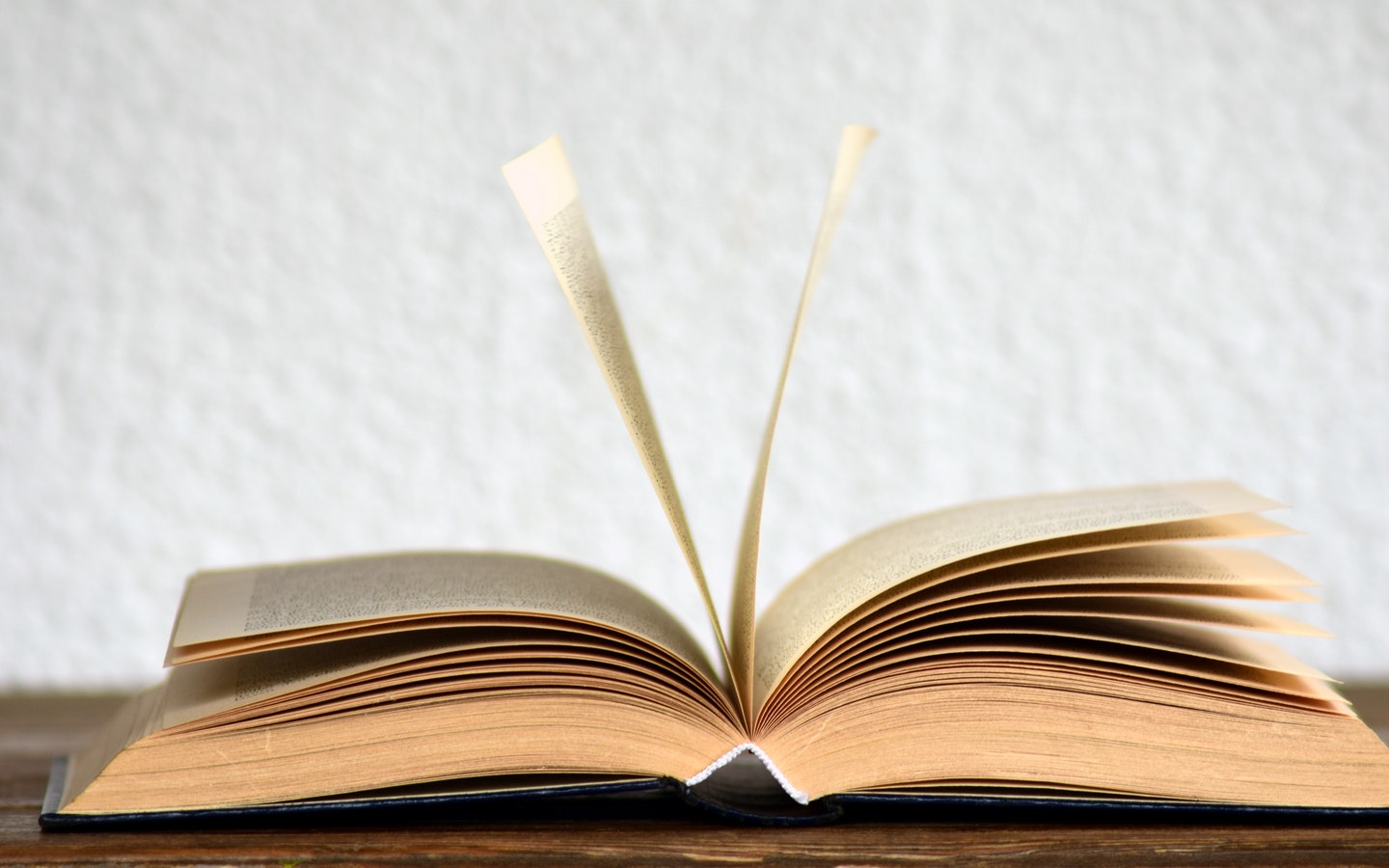
An estimated total of 5,17,832 people scattered across the corners of this nation, speak Chakma as their first language. These people are distributed among the Chakma population in the districts and Upazilas of Khagrachari, Rangamati, Baghaichari, Barcol, Nannerchar, and Digheenala. The reality of earning a livelihood has forced Bangla onto the Chakma people. Many Chakmas can speak, read and write in Bangla, although they are completely ignorant of their mother tongue, Chakma. Their posterity is suffering from the lack of exposure to the Chakma language due to this falling trend.
Nothing is scarier than a community forgetting its own native tongue. Titled ‘They teach Chakma’, an article in the renowned newspaper, Prothom Alo speaks of such a scenario. Who are ‘they’? A group of young Chkama people has taken up the initiative of teaching the language to their own people under the union named, ‘Chakma Youth Association’, in a dire attempt to reignite the use of this language, native to this fringing community. Nevertheless, there is one more union that are in the same pursuit. University, college, and school students comprise this group, where the students, in their after-hours, volunteer for free to teach Chakma to their people.
Marma
Residing in the regions of Rajshahi as well as Rangamati, the Marma community has 1,54,216 people who speak their mother tongue, Marma. Another significant language in this nation is Mandari, which is the common tongue for nearly 50,000 people. Therefore, this nation is the habitat for numerous other languages like these.
Irrespective of race, creed, ethnicity or locale one is born into, the first steps of an infant are accompanied by the sluggish inculcation of his first words. The words are of his mother. The language nurtured with the affection of his mother’s voice are different for each but tantamount significant to each. Hence, the right to express in that respective language is equal for all.
Let the independence of mother language not be confined within the definition of nationhood. The sovereignty of one’s ascribed language must be practiced at any place, at all times and at each’s own will. Let each home celebrate their Independence to speak!

